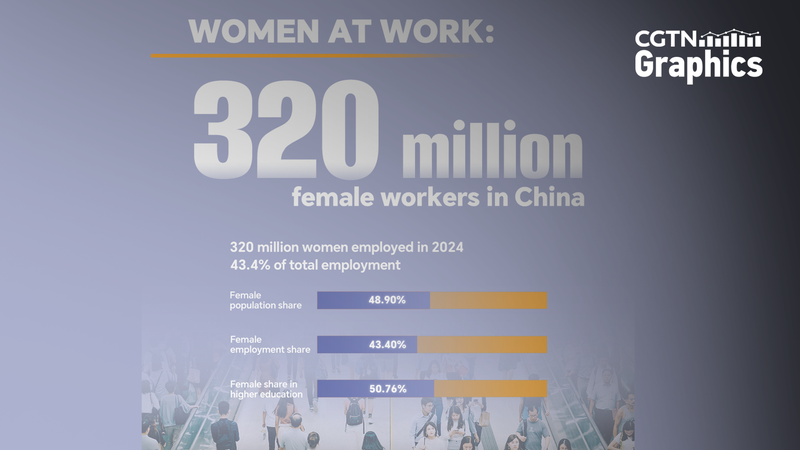UN@80 and Sustainable Agri-Tech in Xinjiang
At 80 years into its mission, the United Nations Sustainable Development Goals (SDGs) are inspiring innovations that marry tradition with cutting-edge technology. Nowhere is this more evident than in the Xinjiang Uygur Autonomous Region in the Chinese mainland, which produces over 90% of China’s cotton. By combining mechanization, robotics and green chemistry, local researchers and companies are rewriting the rules of cotton farming and land restoration.
Robots and Drones: Data-Driven Farming
On the outskirts of Urumqi, scientists at the Western Agricultural Research Center of the Chinese Academy of Agricultural Sciences are piloting phonemics robots that collect real-time data for cotton breeding programs. These automated systems analyze leaf patterns, growth rates and soil moisture, enabling breeders to select high-yield varieties faster than ever before.
Meanwhile, autonomous vehicles serve as mobile launchpads for drones that routinely scan vast cotton fields. These aerial patrols spot pest outbreaks, irrigation gaps and nutrient deficiencies—in some cases reducing pesticide use by 30% and cutting water waste by nearly 20%.
From Stalk to Soil: Fighting Desertification
Beyond harvesting, Xinjiang Xuze Biotechnology Co., Ltd. is pioneering steam explosion technology to transform cotton stalks into fluffy, porous fibers. These fibers act like sponges in arid soils, retaining moisture and trapping wind-blown sand. Early trials show that treated plots can reduce desertification by up to 40%, a promising step toward sustainable land management in a region prone to erosion.
Impact and the Road Ahead
These advances are more than gadgets—they represent scalable solutions that align with SDG 9: Industry, Innovation and Infrastructure. By integrating data analytics, mechanized workflows and green materials, Xinjiang’s cotton industry is setting a blueprint for sustainable agriculture worldwide. As the UN marks its 80th anniversary, these innovations showcase how technology can cultivate resilience and prosperity across landscapes.
For entrepreneurs and policymakers eyeing emerging markets, Xinjiang’s example underscores the power of cross-sector collaboration. From researchers and engineers to farmers and environmentalists, the journey to a sustainable cotton economy is a model that transcends borders—inviting the global community to sow innovation wherever seeds take root.
Reference(s):
UN@80: How tech is revolutionizing Xinjiang's cotton industry
cgtn.com


